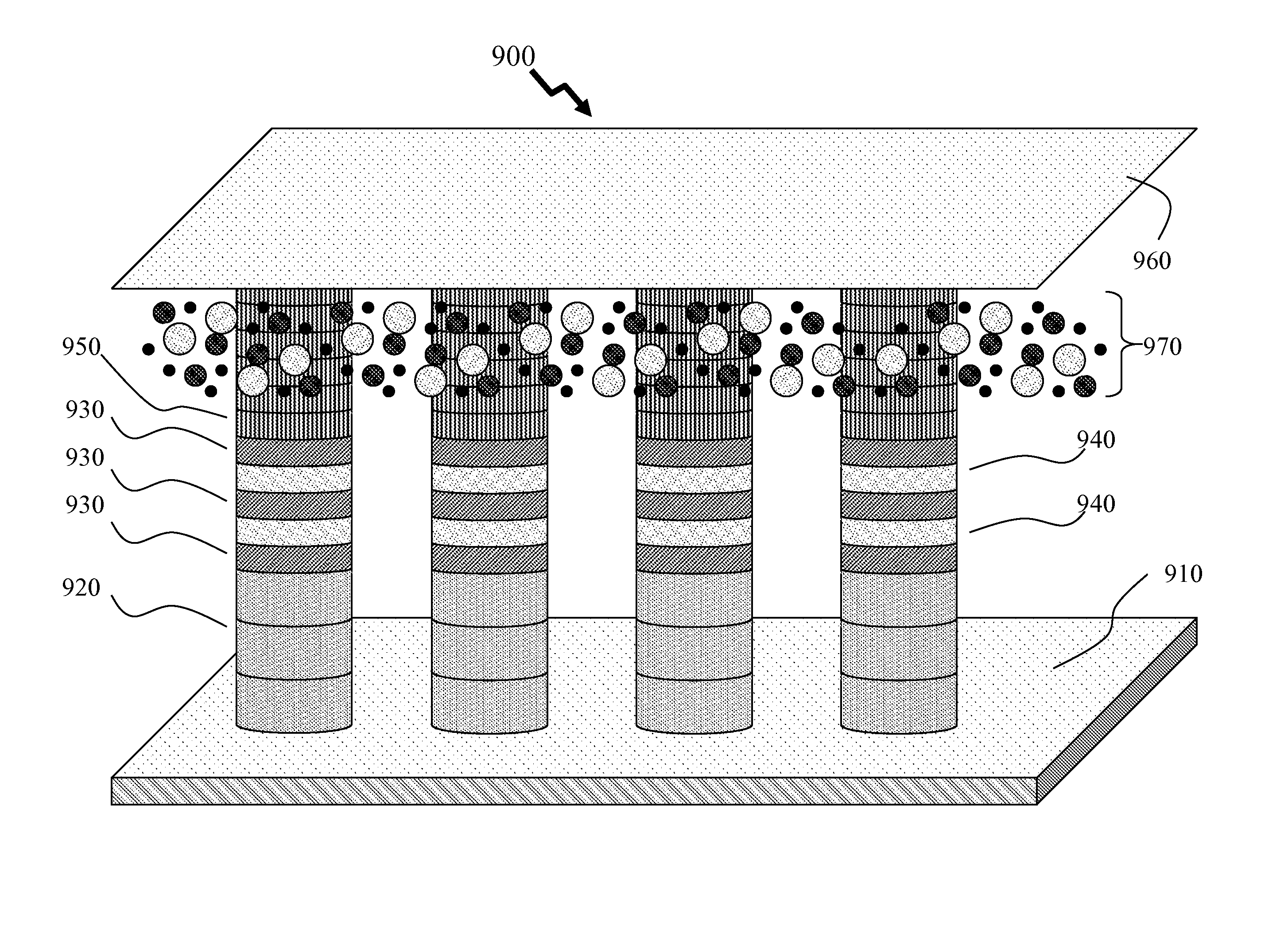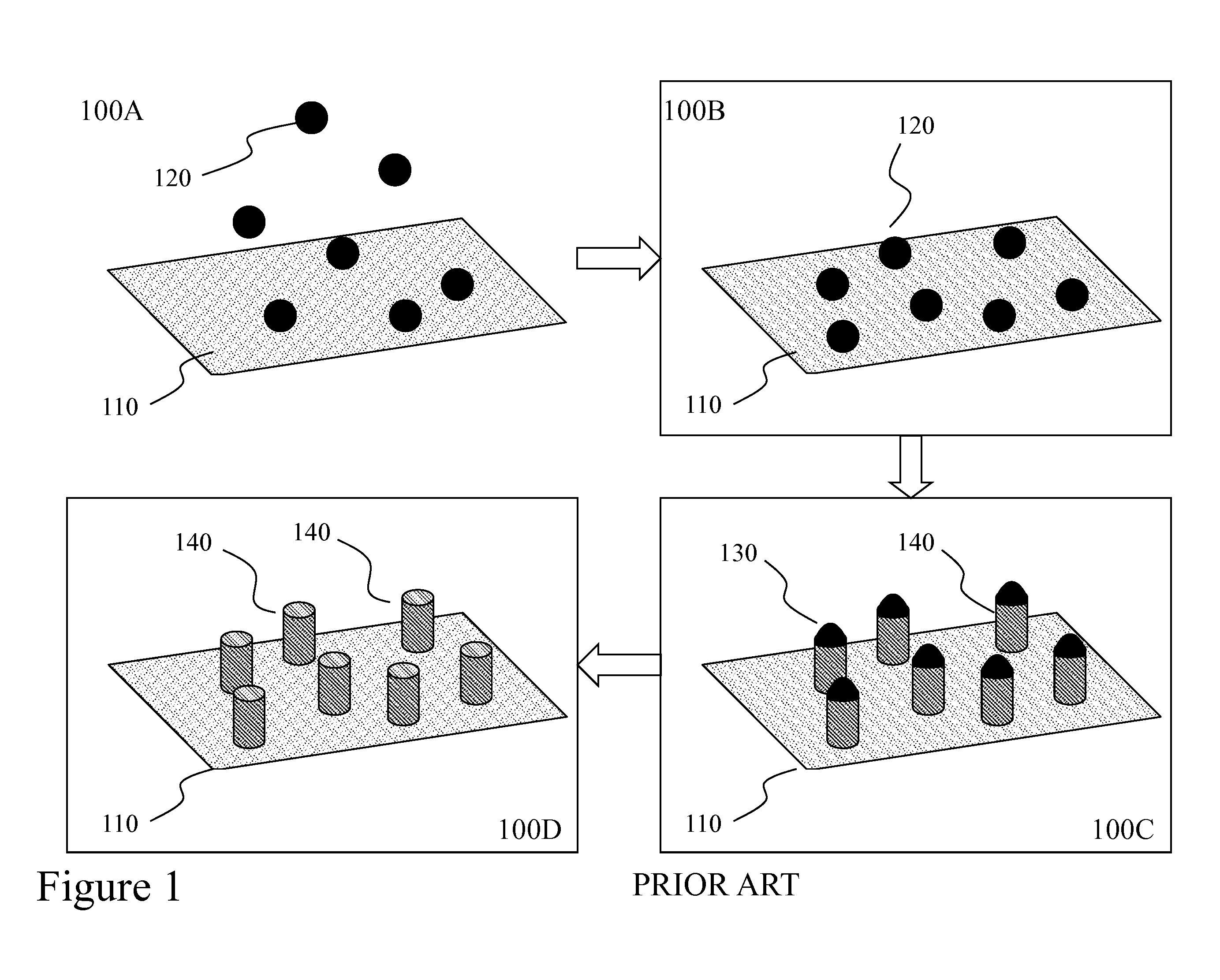However, the efficiency of such light sources is woefully low.
However, whilst CFLs provide an immediate and visible statement by Governments and other organizations worldwide that they are addressing
global climate change, environmental issues etc they are not a panacea.
Amongst the disadvantages of fluorescent lights are frequent switching limiting lifetime, health and safety from the mercury content, UV emissions which affect some materials,
flicker affecting individuals with
autism,
epilepsy, lupus,
chronic fatigue syndrome, and vertigo, radio interference,
operating temperature where efficiency drops with increasing / decreasing temperature from
room temperature, non-operation at below freezing, low-luminance requiring long tubes and limiting
power output, dimming, and recycling through the
phosphor and mercury.
As such the majority of the lighting market remains inaccessible despite the considerable research effort and investment have been expended.
This arises due to the challenges in realizing suitable LED technologies and devices using conventional
quantum well structures, these including the relatively low internal
quantum efficiency of these structures, the low light extraction efficiency realized, and relatively high device fabrication costs.
The extremely large inhomogeneous broadening observed makes it difficult to study the fundamental properties of InN, including the temperature dependence of the
band gap and the
electron concentration.
Additionally, the poorly defined wire geometry leads to uncontrolled electrical and optical properties, severely limiting their device applications.
Further the direct growth of InxGa1-xN on
silicon, the most suitable substrate for InxGa1-xN in terms of lattice and thermal mismatches, has been further complicated by the development of an amorphous SiNx layer during the initial stage of growth, see J. Grandal et al.
Attempts to adjust these growth techniques, either by the intentional introduction of
hydrogen or buffer
layers, such as GaN or AlN, have met with limited success.
The prior art whilst demonstrating InxGa1-xN nanowires can be grown has not yet demonstrated them with high quality and constant cross-section nor have they been grown on suitable substrates for low cost
semiconductor processing.
These developments to date being hindered to a large extent by the relatively low
decomposition temperature of InN (approximately 500° C.-550° C.) as well as the very high migration rate of
indium.
Additionally, the prior art does not provide an effective means to control the growth and properties of InN nanowires spontaneously formed under
nitrogen rich conditions.
However, increasing the efficiency of LEDs by the introduction of quantum confined structures, such as quantum wells, multi-quantum wells etc also results in a narrowing of the optical emission from the source thereby requiring that number of sources required to “blend” together for the desired
white light increases, along with the cost and complexity of the devices overall.
As such high efficiency
long wavelength (>550 nm) emission has been severely limited by the presence of large densities of misfit-dislocations related to the large
lattice mismatch (approximately 11%) between InN and GaN.
However, to date such
nanowire structures have reported extremely low internal
quantum efficiency (<10%), due to the lack of effective carrier confinement in the wire axial direction as well as the nonradiative recombination associated with the presence of
surface states.
Although progress has been made for InGaN / GaN
quantum well LEDs, the performance of such devices in the green, yellow, and red
wavelength ranges has been plagued by the very low efficiency, as outlined supra, and “efficiency droop”, i.e. the decrease of the external
quantum efficiency with increasing current.
However, a significant roadblock for the development of nanowire LEDs is the very low quantum efficiency, and the fact that to date, there has been no report on the internal quantum efficiency of GaN-based nanowire LEDs under electrical injection.
Due to the lack of 3-dimensional carrier confinement, the radiative
electron-hole recombination in commonly reported GaN nanowire LED heterostructures has been severely limited by the presence of unoccupied Ga
dangling bond and / or large densities of surface defects along the nonpolar GaN surface (m-plane), which can lead to a Fermi-level pinning on the nanowire lateral surfaces.
Additionally, the device performance is adversely affected by the poor hole injection and transport processes in InGaN / GaN nanoscale heterostructures, caused by the heavy effective
mass, small mobility, and low concentration of holes.
The highly non-uniform carrier distribution also lead to significantly enhanced
Auger recombination and increased
electron overflow, further limiting the optical
emission efficiency at high injection levels
However, such phenomena have not been addressed for nanowire LEDs.
Despite the attractiveness of this approach one of the key obstacles is the availability of
hydrogen.
Clearly using
fossil fuel sources negates any environmental benefits of
hydrogen as an
energy source and even if the hydrogen economy never materializes, the production of hydrogen for industrial consumptions still consumes large amounts of energy.
Success in finding an abundant visible light active material, however, has been very limited, see for example Maeda in “
Photocatalytic Water Splitting using Semiconductor Particles: History and Recent Developments” (J. Photochem. Photobiol. C: Photochem. Rev., Vol. 12, Iss. 4, pp.
However, most of these approaches cannot drive stable overall pure
water splitting beyond the blue
wavelength range, see for example Zou1 and Maeda et al. in “Photocatalyst Releasing
Hydrogen from Water” (Nature, Vol. 440, pp.
 Login to View More
Login to View More  Login to View More
Login to View More 


